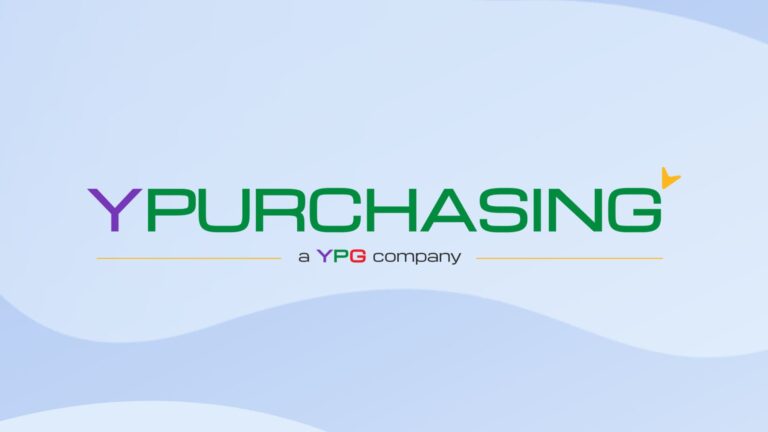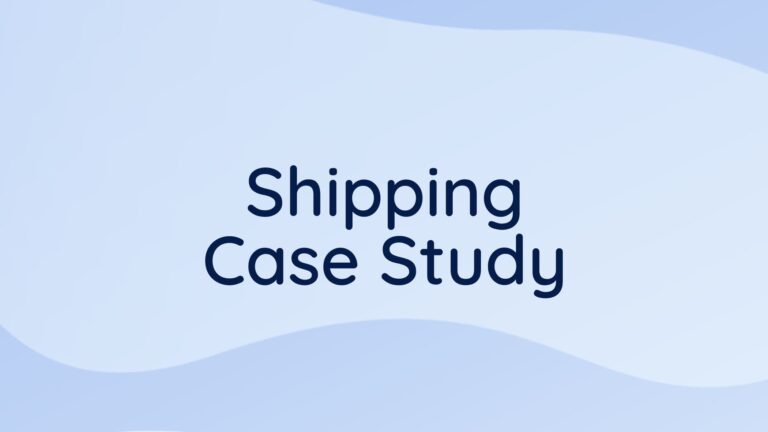
How to Optimize Spend with a Strategic Sourcing Process
Develop a strategic sourcing process by aligning procurement with the business goals, categorizing spend, building relationships, and more.
By Hugo Britt | June 1, 2021
At its core, a strategic sourcing process in procurement is all about thinking ahead, proactively selecting suppliers and analyzing spending patterns.
In this article, we’ll guide you through the essential steps for developing a killer strategic sourcing process. Learn the importance of aligning procurement with business goals and how increased spend visibility can create a competitive advantage. Tactics like category management, supplier segmentation, and a focus on building relationships are also key to a foolproof strategic sourcing process.
Building a strategic sourcing process
“Tactical” sourcing refers to the many low-value, low-risk purchases that take place across your organization every day. Tactical buying is short-term, transactional, and usually reactive.
Practitioners can make the shift from tactical spending to strategic sourcing by implementing a few different approaches to procurement.
Here are five ways to set up a strategic sourcing process within your own organization.
Get ahead and create a competitive advantage by developing a strategic sourcing process within your procurement function. Focus on aligning procurement with business objectives, categorizing spend, and building strong relationships with suppleirs.
1. Align procurement strategy with overall business strategy
Any sourcing strategy that is created in procurement must align with the overall business strategy. If you fail to do so, procurement risks barking up the wrong tree. For example, procurement may be focused on cost savings while the wider business is more interested in risk reduction.
Making sure procurement is aligned – and stays aligned – with the business is hard work. Priorities amongst stakeholders are constantly evolving and procurement needs to to be able to move and adapt with them. In an ideal world, a well-connected procurement function is aware of any pivots before they come to fruition.
Review procurement KPIs regularly to ensure every single one reflects not just a procurement goal, but an organizational goal as well. Conduct regular and ongoing “alignment checks” to ensure procurement’s activity remains relevant and focused on the right things.
2. Gain visibility with centralized spend data
Trying to be strategic without spend data visibility is like trying to play chess while blindfolded. Having a centralized location for all procurement data will create a “source of truth.” It’ll be easier to conduct spend analyses and create reporting dashboards. Having centralized data can also provide insights into ways to reduce risk and help identify additional cost savings.
3. Categorize your spend
Creating a strategic sourcing process can involve several levels. There’s the overall business strategy, followed by the whole-of-procurement strategy. Below this are category strategies (such as travel), then strategies for sub-categories like hotels and flights.
Importantly, the strategies for spend categories and sub-categories should be aligned with the higher-level procurement and enterprise-level strategies.
Use spend categorization to help you:
- Spot trends
- Find savings opportunities
- create a targeted strategy for areas of spend that have unique requirements
Finally, this tactic will help you allocate time and resources to where they are most needed. Putting your best talent on a strategically vital (costly and risky) category such as IT spend makes sense. Something like office stationery, for example, can be assigned to a junior team member, automated, or outsourced to a GPO. Determine strategically important categories by analyzing not only the costs, but the risks involved.
4. Segment your suppliers
In an ideal world, procurement professionals would treat every supplier relationship strategically. But this simply isn’t feasible in an organization with hundreds or thousands of suppliers on the books.
Use the 80/20 rule to determine your strategic suppliers. This means segmenting the top 20% of suppliers that represent 80% of your total spend. A supplier relationship management program can help nurture the relationships and reduce risk. SRM programs also help you find additional value through innovation and partnership opportunities.
A strategic supplier is not simply a supplier with whom you spend a large amount of money, however. Strategic suppliers could also be those who provide goods and services that are critical to the success of your business.
To determine whether or not a supplier warrants extra attention, ask these questions:
- Will production or productivity grind to a halt if you suddenly lose that supplier?
- Do your future plans rely on the goods or services provided by a particular supplier?
- Are you “stuck” with a particular supplier because there are no alternatives?
Benefits of a strategic sourcing process include increased cost savings and improved efficiency, along with stronger and more compliant supplier relationships.
5. Outsource tactical spend
Strategic sourcing takes a lot of time, effort, and attention. Procurement professionals can’t afford to be distracted by tactical buying. To make the best use of procurement’s valuable time, consider outsourcing tactical activities to a group purchasing organization.
Using a GPO to manage indirect spend or tail spend categories can lead to increased cost savings and improved efficiency. Procurement gains immediate access to additional resources to help keep the function aligned with the business and avoid supply chain disruptions. Also, companies that outsource procurement tend to grow faster and become more profitable compared to companies who keep everything in-house.
To learn more about how a GPO can help you implement a strategic sourcing process, increase savings, and reduce risk, download our latest playbook here.









